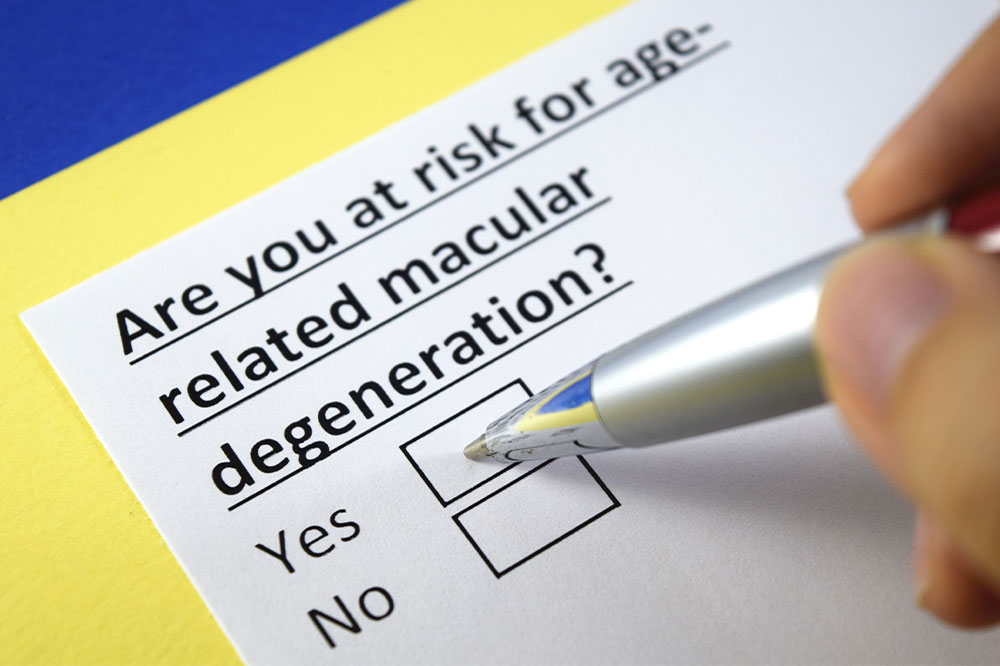Advanced Strategies for Managing Retinal and Macular Eye Diseases
This article offers an in-depth overview of the latest strategies and treatments for retinal and macular conditions, emphasizing early diagnosis and advanced therapy options. It covers common disorders like retinal tears, diabetic retinopathy, and age-related macular degeneration, highlighting the importance of timely intervention and ongoing management to preserve vision health. Learn about cutting-edge medical procedures, preventive measures, and lifestyle tips that can help protect your eye health and maintain clear vision over the years.

Comprehensive Approaches to Address Retinal and Macular Health Challenges
The retina is an essential component of the eye, functioning as the gateway that transforms light into electrical signals sent to the brain for visual interpretation. Its health is vital for maintaining clear and accurate vision. Extending from the central nervous system (CNS), the retina is uniquely situated as the only part of the eye visible externally, offering clinicians a window into systemic health through eye examinations. Comprising roughly 125 million specialized cells—cones responsible for color vision and rods that enable vision in low light—the retina covers approximately 65% of the inner surface of the eye. The central portion, known as the macula, is responsible for sharp, detailed, and color-rich vision. When light enters the eye, it interacts with these cells, converting into electrical impulses that travel along the optic nerve to the brain’s visual processing centers. Ensuring the healthy functioning of the retina and macula is crucial for maintaining quality vision throughout life.
Retinal health problems encompass a broad range of conditions, including tears and detachments, diabetic retinopathy, and age-related macular degeneration (AMD). Understanding these conditions aids in early detection and tailored treatment strategies. Retinal tears can occur when the vitreous—the gel-like substance filling the eye—contracts and pulls the retina, resulting in a tear. If untreated, this tear can lead to a retinal detachment, where the retina separates from underlying tissue, impairing vision significantly. Symptoms often include flashes of light, floaters, or a shadow in the visual field. Immediate medical intervention is necessary. Treatments for retinal tears and detachments involve sealing the tear, often using methods such as cryopexy (freezing therapy), laser photocoagulation, pneumatic retinopexy (gas injection), or vitrectomy surgery, which removes vitreous gel to reattach the retina.
Diabetic retinopathy is another major retinal disorder caused by prolonged high blood sugar levels damaging blood vessels in the retina. Early stages may present no symptoms, but as the condition progresses, sufferers might experience blurred vision, floaters, or vision loss. The formation of abnormal blood vessels, fluid leakage, and bleeding are common features. Managing blood sugar levels through diligent diabetes control is essential. In addition, treatments include anti-vascular endothelial growth factor (anti-VEGF) injections to inhibit abnormal vessel growth, laser therapies to shrink or eliminate leaking vessels, and vitrectomy surgery in advanced cases. Regular eye examinations are vital for early diagnosis and prevention.
Macular holes, often linked to aging or trauma, involve a localized tear or loss of tissue in the central retina (macula). This condition leads to distortion or loss of central vision, impacting activities such as reading or recognizing faces. Treatments typically involve a vitrectomy combined with gas injection, which encourages the macula to realign and heal. Age-related macular degeneration (AMD) is another prevalent condition where degeneration of the macular tissue leads to progressive vision loss. It is classified into dry and wet forms; wet AMD involves abnormal blood vessel growth causing leakage and rapid deterioration. Anti-VEGF medications are the mainstay of treatment, aiming to slow disease progression and preserve vision. Lifestyle modifications, nutritional supplements, and regular eye checkups play complementary roles in managing AMD effectively. Overall, advancements in diagnostic techniques and surgical procedures have significantly improved outcomes for patients with these retinal diseases.





